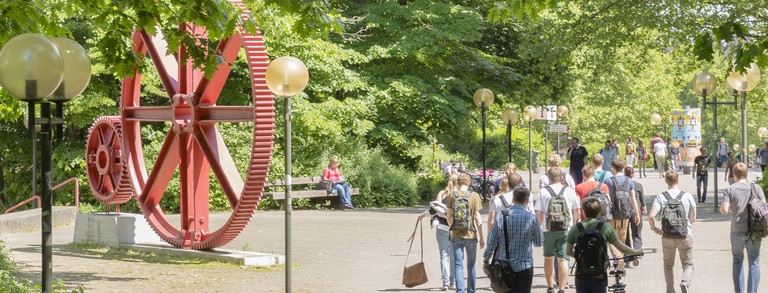QCD effects in b -> s decays
Quark-flavor physics, as a sub-field of elementary particle physics, probes the nature of interactions at smallest scales. It achieves this by probing genuine quantum effects in the decays of massive quarks such as the bottom and charm quark, which are copiously produced at high-energy collider experiments and only exist for very short amounts of time. Flavor-changing neutral decays of the bottom quark are particularly sensitive to these quantum effects and provide presently the most stringent constraints on potential novel interactions. Their theory predictions must, however, take into account the non-pertubativity of the strong interaction.
While certain (local) QCD contributions are estimated using highly-sophisticated (so-called lattice QCD) computer simulations, their non-local counterparts are notoriously hard to estimate. I will show how the use of the analytical properties of the function that describe both local and non-local contributions reduce the theoretical uncertainties in our predictions, thereby preparing for upcoming large (and therefore precise) datasets by our experimental colleagues.

